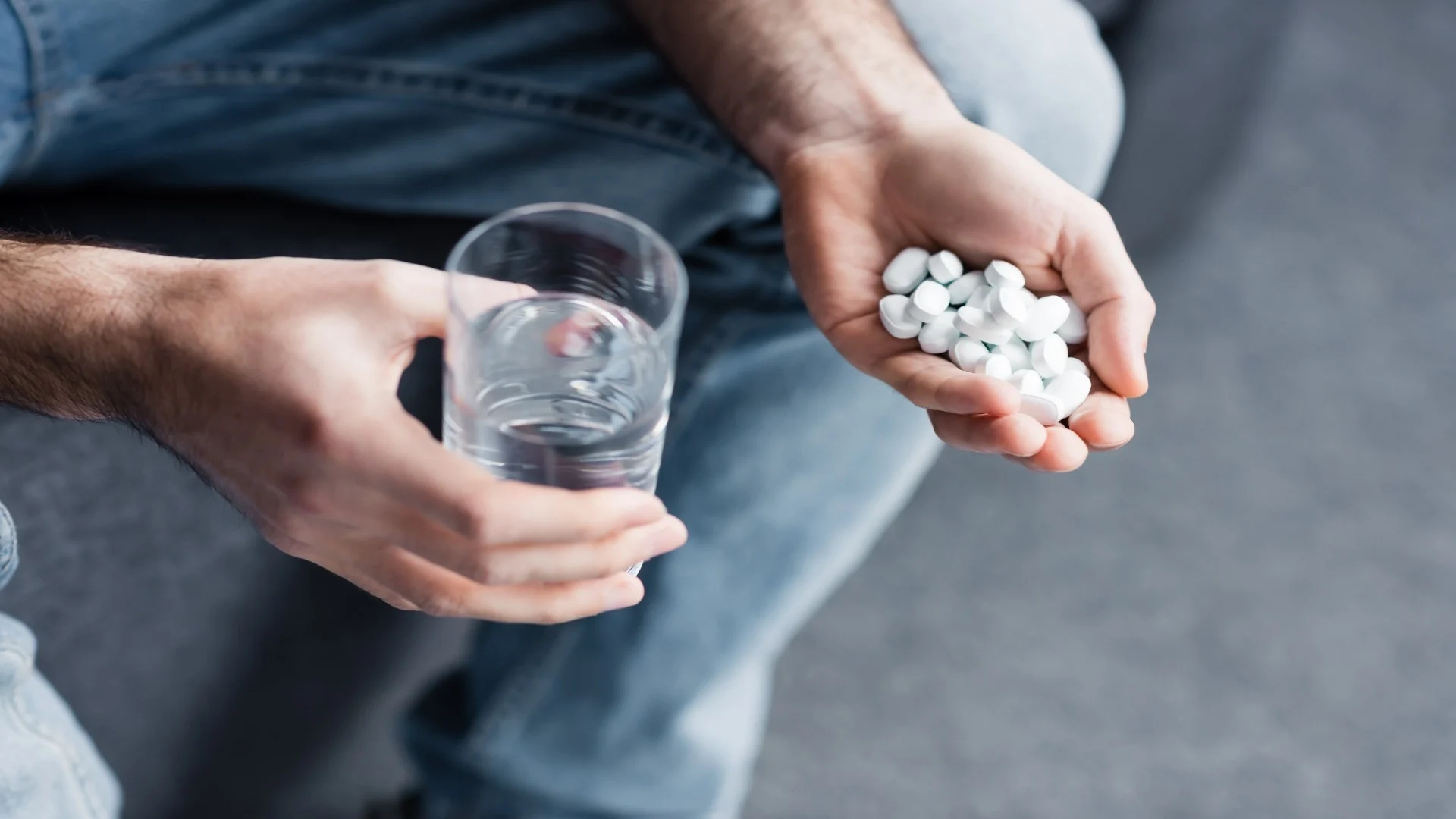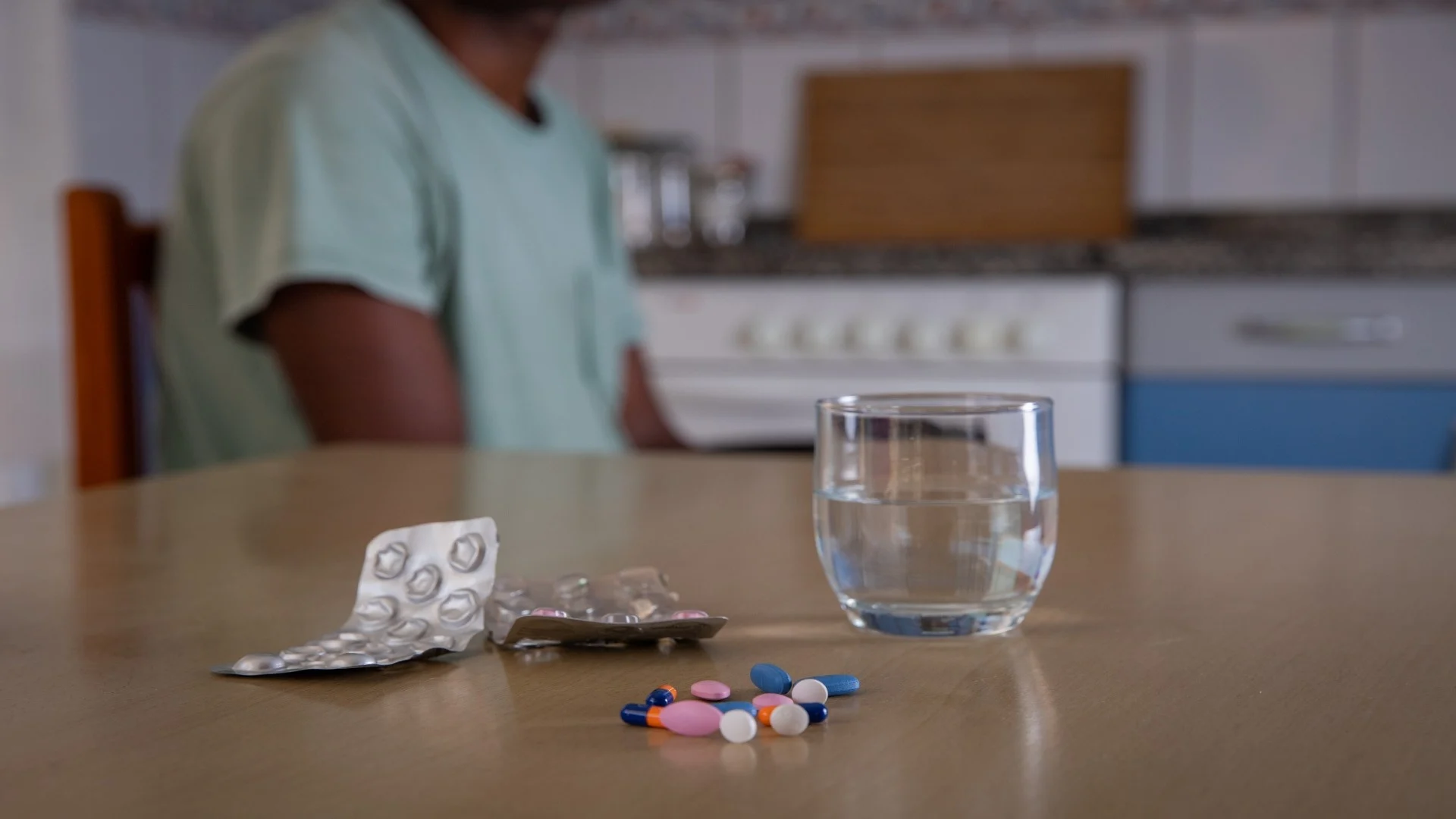Drug and Alcohol
Is Valium Addictive? Understanding the Risks and Pathways to Recovery

Is Valium addictive? Learn about the risks of Valium use, signs of addiction, and effective pathways to recovery for individuals struggling with dependence.
How Long Does Valium Stay in Your System?
Valium has a long half-life, ranging from 20 to 100 hours, and may remain detectable in urine for several days to weeks. The duration depends on factors like metabolism, frequency of use, and individual health conditions.
Can You Become Addicted to Valium Even if You Take It as Prescribed?
Yes, addiction can develop even with prescribed use, especially with long-term or frequent use. Over time, the body builds tolerance, requiring higher doses, which can lead to dependence and addiction, especially if misused or not monitored closely.
What Are the First Signs of Valium Addiction?
Early signs include increased tolerance, secrecy about usage, obsession with obtaining more Valium, and neglecting responsibilities. Other physical signs are persistent drowsiness, memory issues, or difficulty concentrating, signaling a potential addiction.
Is It Safe to Stop Taking Valium Suddenly?
Stopping Valium suddenly can trigger severe withdrawal symptoms, including anxiety, seizures, and delirium. It's crucial to taper off Valium gradually under medical supervision to ensure safety and avoid dangerous complications associated with abrupt cessation.
How Can I Support a Loved One Struggling with Valium Addiction?
Support your loved one by offering emotional understanding and encouraging them to seek professional help. Help them stay committed to treatment, set healthy boundaries, and avoid enabling behavior. Learning about addiction can help provide the support they need throughout recovery.
Is Valium addictive? If you're using it to manage anxiety or sleep issues, you might not realize the risks it poses. Over time, Valium can lead to physical dependence, making it harder to stop without feeling intense cravings or withdrawal symptoms.
This dependence can affect your health, relationships, and overall well-being. But the good news is, you don’t have to face it alone. There are clear and practical pathways to recovery that can help you regain control and live a life free from addiction. Let’s explore how you can break free and find the support you need.
What Is Valium?

Valium, also known by its generic name diazepam, is a medication primarily prescribed to treat conditions such as anxiety, muscle spasms, seizures, and alcohol withdrawal symptoms.
It is also sometimes used to help with sleep disorders. Valium belongs to a class of drugs called benzodiazepines, which are known for their calming and sedative effects on the central nervous system.
Valium works by enhancing the activity of gamma-aminobutyric acid (GABA), a neurotransmitter in the brain that inhibits nerve activity. This leads to a calming effect on the brain, reducing anxiety, promoting relaxation, and helping to control seizures.
While effective for short-term use, prolonged use can lead to tolerance, dependence, and addiction, which is why Valium is typically prescribed for short durations under close medical supervision.
As a benzodiazepine, Valium is part of a broader group of medications used to manage similar conditions, though it carries a higher risk of abuse compared to other sedatives.
How Valium Can Lead to Addiction
Valium can lead to addiction through the development of tolerance and dependence. Tolerance occurs when the body becomes accustomed to the drug, and the initial dose no longer provides the desired effect.
As a result, individuals may increase the dose or frequency of use to achieve the same therapeutic effects. Over time, this escalation can lead to dependence, where the body relies on Valium to function normally.
Without the drug, withdrawal symptoms may emerge, including anxiety, insomnia, and physical discomfort.
Physical Dependence Vs. Addiction
It's important to distinguish between physical dependence and addiction. Physical dependence means that the body has adapted to the presence of the drug, and withdrawal symptoms occur if the drug is reduced or stopped.
While dependence can be managed with a gradual tapering of the drug, addiction is a more complex psychological condition. Addiction involves a compulsive need to continue using Valium, even when it negatively impacts daily life.
It often includes cravings, uncontrollable urges, and the prioritization of drug use over other essential responsibilities.
Risk Factors for Valium Addiction
Several factors increase the risk of developing an addiction to Valium:
Long-term use: Prolonged use of Valium can lead to significant changes in brain chemistry, making it harder to stop without experiencing withdrawal symptoms.
High doses: Using Valium at higher doses than prescribed increases the likelihood of developing dependence and addiction.
Personal history of substance abuse: Individuals with a history of substance abuse are at a higher risk of becoming addicted to Valium.
Psychological conditions: People with mental health issues, such as anxiety or depression, may misuse Valium as a form of self-medication, further increasing the risk of addiction.

We’re Here To Help You Find Your Way
Would you like more information about mental health or drug addiction? Reach out today.
Signs and Symptoms of Valium Addiction
Recognizing the signs and symptoms of Valium addiction is crucial for early intervention and recovery. Addiction can manifest through both behavioral and physical changes.
Behavioral Signs
Increased use: Taking Valium more frequently or in higher doses than prescribed.
Doctor shopping: Visiting multiple doctors to obtain prescriptions for Valium.
Secrecy and dishonesty: Lying about the frequency or quantity of use to loved ones or medical professionals.
Obsessive thoughts: Constantly thinking about getting or using Valium.
Decline in responsibilities: Neglecting work, school, or family obligations in favor of drug use.
Physical Signs
Drowsiness and sedation: Persistent sleepiness or feeling “foggy.”
Coordination problems: Difficulty with balance or motor skills.
Memory issues: Trouble with short-term memory or concentration.
Withdrawal symptoms: Anxiety, insomnia, and physical tremors when not using Valium.
The Dangers of Valium Withdrawal

When someone who has become dependent on Valium stops using it suddenly, they may experience withdrawal symptoms that can range from uncomfortable to life-threatening. Common withdrawal symptoms include:
Anxiety and irritability
Insomnia or disturbed sleep
Tremors or muscle spasms
Sweating and nausea
Severe headaches or dizziness
Seizures, in extreme cases
These symptoms occur because the body has adapted to the presence of Valium, and without it, the central nervous system becomes overstimulated.
Risks of Abrupt Cessation
Abruptly stopping Valium can be extremely dangerous. The body’s sudden withdrawal from the drug can trigger severe reactions, including seizures, delirium, and hallucinations. In some cases, withdrawal can even be fatal, primarily if not appropriately managed. This is why it's crucial to avoid quitting "cold turkey" without professional guidance.

We’ll Lead You to New Heights
Do you have more questions about mental health or drug addiction? Reach out.
Effective Treatment Options
Recovering from Valium addiction requires a comprehensive approach that combines evidence-based treatment with ongoing support. Several treatment methods are effective in helping individuals overcome addiction and reclaim their lives.
Cognitive-Behavioral Therapy (CBT)
One of the most effective therapeutic approaches for treating Valium addiction is Cognitive-Behavioral Therapy (CBT). CBT helps individuals identify and change negative thought patterns and behaviors that contribute to addiction.
By learning healthier coping mechanisms, individuals can manage cravings, address underlying issues such as anxiety or depression, and develop strategies for long-term sobriety.
Medication-Assisted Treatment (MAT)
For some individuals, Medication-Assisted Treatment (MAT) may be used in conjunction with therapy. MAT involves the use of medications that help reduce withdrawal symptoms and cravings, making the recovery process more manageable.
In the case of Valium addiction, doctors may prescribe medicines like benzodiazepine alternatives or other types of sedatives to wean the individual off the drug gradually. This reduces the risks of dangerous withdrawal symptoms and promotes a safer recovery.
The Role of Support Groups and Therapy
Support groups, such as 12-step programs or peer-led meetings, play a critical role in the recovery journey. These groups provide a safe and non-judgmental space for individuals to share their experiences, gain insight, and receive encouragement from others who face similar challenges. Individual and group therapy offer additional emotional support and help to address the psychological aspects of addiction.
Personalized Treatment Plans
No two addiction journeys are the same. That’s why a personalized treatment plan is essential. Tailoring treatment to meet the individual’s specific needs, preferences, and challenges increases the chances of success.
A comprehensive plan may include a combination of therapy, medication, support groups, and lifestyle changes, all designed to provide holistic care and guide the individual toward lasting recovery.
Pathways to Recovery
Recovery from Valium addiction involves several stages, starting with detoxification to safely clear the drug from the body. Next, rehabilitation helps address the psychological aspects of addiction through therapy and counseling.
After rehab, individuals enter the maintenance phase, focusing on building long-term sobriety with healthy coping skills and managing triggers.
Seeking Help and Building a Support System
Seeking professional help is key to recovery. Therapy, support groups, and loved ones create a strong foundation for success. Building a solid support system encourages accountability and motivates the recovery journey.
Commitment to Long-Term Sobriety
Long-term sobriety requires ongoing effort. Staying engaged in therapy, managing triggers, and making sober living a priority are essential for lasting recovery. With dedication and support, a drug-free life is possible.
Struggling with Valium Addiction? We Can Help

If you or a loved one is struggling with Valium addiction, know that recovery is possible. Understanding the risks of Valium and recognizing the signs of addiction is the first step toward healing.
At The Edge Treatment Center, we offer personalized treatment plans designed to help you regain control and achieve lasting sobriety. Our dedicated team is here to support you every step of the way on your journey to recovery. Don’t wait—take the first step toward a healthier, addiction-free life today.

We’re Here To Help You Find Your Way
If you or a loved one is struggling with addiction, there is hope. Our team can guide you on your journey to recovery. Call us today.
Written by
The Edge Treatment Center
Reviewed by
 Jeremy Arzt
Jeremy ArztChief Clinical Officer
Drug and Alcohol
July 25, 2025
